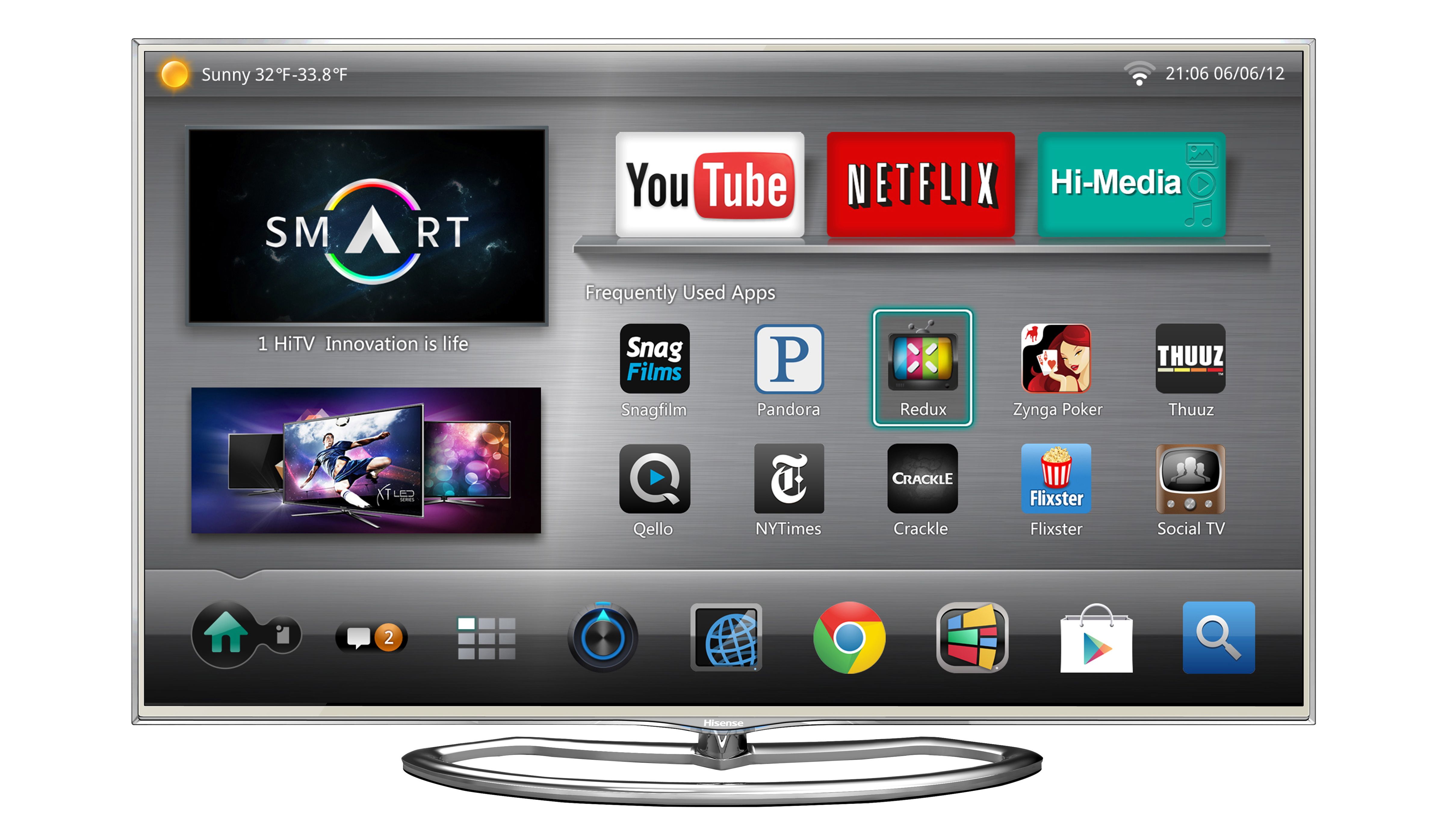Hisense XT780 with Google TV says hi at CES
55- and 65-inch models

OK, maybe it is the year for Google TV.
Hisense joined the growing number of manufacturers bringing forth new Google TV devices at CES Monday with the announcement of the XT780, fulfilling an earlier announcement by the G-team that such a device was on the way.
The HDTVs will come in 55- and 65-inch models, falling close to LG's new Google TV offerings, like the GA7900.
According to Hisense, the XT780 delves even deeper into the company's experience with Google TV, allowing users to see even more intuitive content and viewing recommendations.
Hi-lights
Hisense boasted the XT780 is software upgradable and comes homed in with TV-optimzied versions of Chrome, Google Play, search, TV & Movies and YouTube.
Netflix and Pandora are among the integrated features, while social TV and media services, email, shopping, news and online videos are all useable and viewable. Users can watch their favorite videos or shows while browsing the web and using social network, Hisense said.
The screen also supports standard and high-def 2D and 3D content as well as Flash, HTML5, H.265, MPEG-4 and AVC formats.
Sign up for breaking news, reviews, opinion, top tech deals, and more.
For those with split-OS personalities, the XT780 lets users jump between and share content on Android and iOS devices thanks to its multi-screen play feature. Users can share photos, movies and music on a device running either platform, making for a unifying experience all around.
Hisense is including a remote control with the XT780, complete with QWERTY keyboard and mic for voice control.
No details yet on availability or pricing, but we'll keep you posted.

Michelle was previously a news editor at TechRadar, leading consumer tech news and reviews. Michelle is now a Content Strategist at Facebook. A versatile, highly effective content writer and skilled editor with a keen eye for detail, Michelle is a collaborative problem solver and covered everything from smartwatches and microprocessors to VR and self-driving cars.